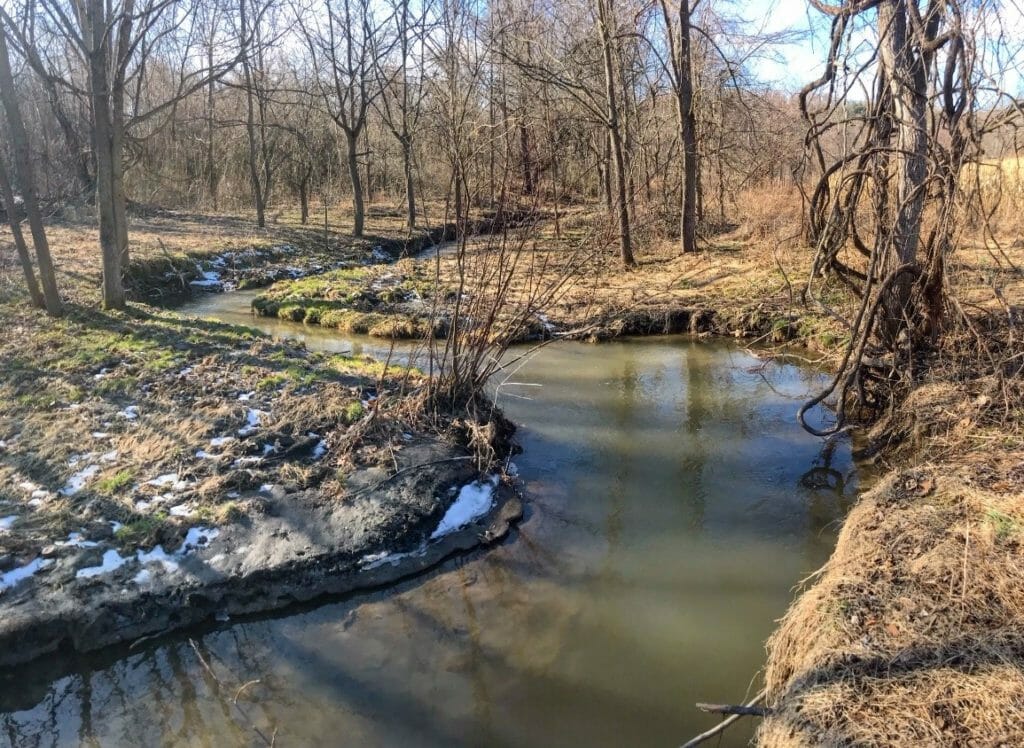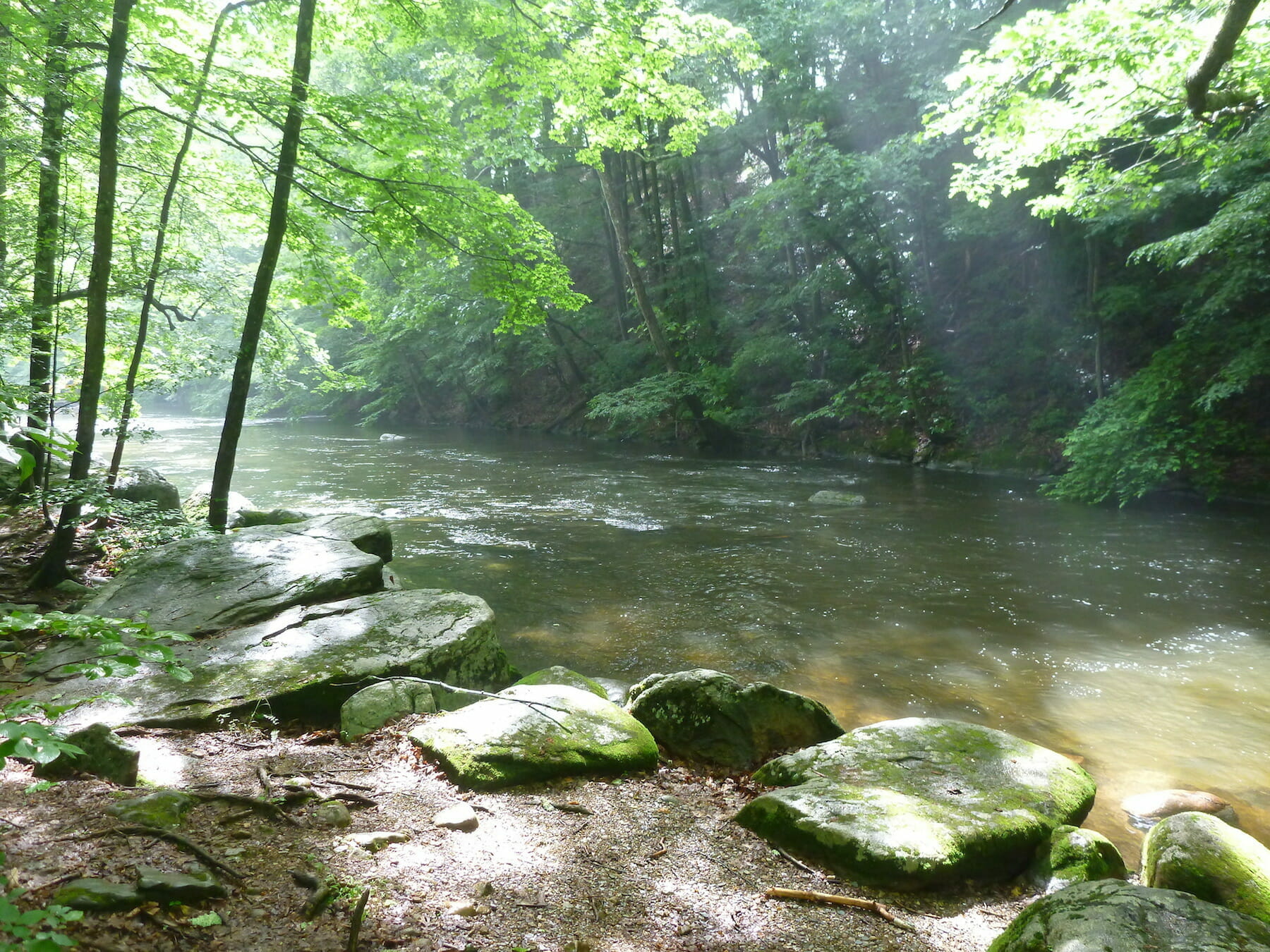By David Kinney
TU volunteer leader Agust Gudmundsson came out for a public hearing this week to testify in support of New Jersey’s trout streams, as he has time and again over the years.
This week, the cause was a bit closer to his heart than usual.
The New Jersey Department of Environmental Protection (NJDEP) is stepping up protections for 749 miles of streams in recognition of exceptional ecological value and fishery resources, including 53 miles of trout water. Among waters eligible for upgrade are sections in the Paulins Kill, the Pequest, and the Musconetcong watersheds, and South Branch Raritan River above and below Ken Lockwood Gorge.
Please take a moment today to visit TU’s Action Center and make your voice heard in support.

One of the waters up for special protection is of particular note for Agust.
“For 17 years I have lived along the section of the Pequest that is being upgraded, and spent many days with my three young sons, now grown, fishing and swimming and cavorting in these waters,” he told DEP leaders. “Anglers have long known them to be significant and worth of protection.
“I look forward to taking my grandchildren to the swimming holes,” he added, “and chasing the sulphur hatches that abound in the area.”
Agust joined New Jersey State Council of Trout Unlimited leaders Ron Vaccaro, John Montefusco, Dan Connelly, and Ed Rogers at the hearing to speak in favor of upgrading these waters to a Category One antidegradation classification.
C1 status is aimed at meeting the Clean Water Act’s goal of “fishable and swimmable” waters. The designation means that development and sewer service is restricted within 300 feet of the waters and upstream tributaries — buffers that are critical to protecting against pollution and sedimentation. Discharges into these streams must meet more stringent standards to avoid diminishing water quality.
This is New Jersey’s first package of C1 upgrades in 11 years. Agust made note of NJDEP’s efforts to monitor and protect the state’s waters.
“Thank you for all you do, and especially thank you to the dedicated and talented biologists who crawl through the brambles with backpacks and vials cataloging and analyzing the streams that everyone who drinks water, or washes their children relies on,” he said.

Among the streams on the upgrade list is a tributary to Beaver Brook in Warren County, where this fall, TU plans to reintroduce a heritage strain of brook trout native to New Jersey. It will be the first such reintroduction in the state. With C1 protections, we can be confident that the 150 to 200 fish “rehomed” in this tributary will spawn and a thriving native population will take hold.
These protections recognize something TU knows all too well: It’s cheaper to protect clean water up front than it is to clean up a mess later.
As the NJDEP proposal states, “maintenance of water quality resources is important to all residents, particularly to the many communities that depend upon surface waters for public, industrial, and agricultural water supplies, and for recreation, tourism, fishing, and shellfish harvesting.”
Trout streams of northwestern New Jersey help support a robust fishing and outdoor recreation economy that is worth $4.5 billion to the state.
George Cassa of Shannon’s Fly & Tackle Shop spoke in support of the proposal.
“As an angler, and as the co-owner of a fly fishing business in Califon, I appreciate the Department’s efforts to take appropriate steps to ensure that the state’s open waters will remain fishable,” he said.
Supporters of the proposal have until May 3 to file public comments to NJDEP. Please take action today.
David Kinney is Eastern policy director for Trout Unlimited.



